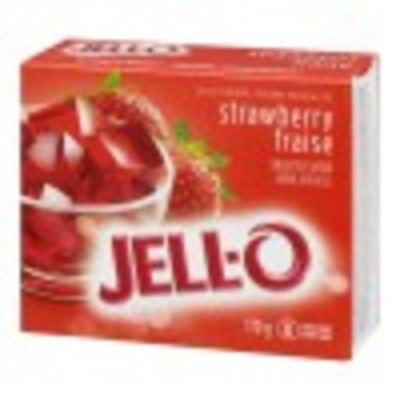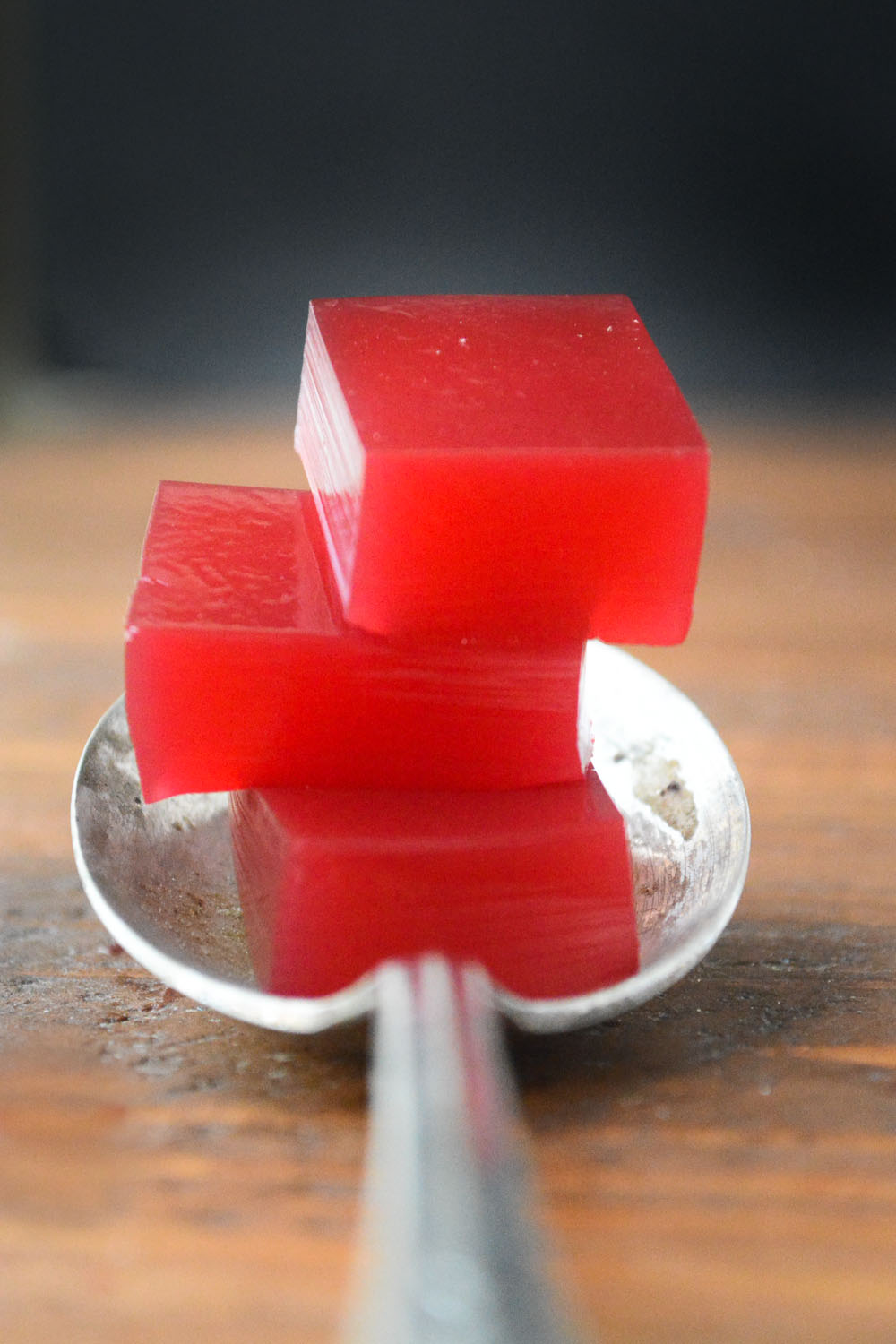
However, even between these manufacturers, there are some inconsistencies in the strengths of each leaf. Leaf conversion is simple when you use leaves from a trustworthy and reputable manufacturer who adheres to the standard. Is it really that simple? Why do all these formulas exist? The different types of gelatine leaves have different strengths but also have different weights which are adjusted to ensure that each type of sheet is equivalent and interchangeable. The ratio from converting one gelatin leaf to another type is one-to-one. So if a recipe calls for 2 sheets of gold gelatin, that’s equivalent to 2 sheets of titanium, silver, bronze or platinum. To convert gelatin leaves, you just need to use the same amount of leaves of whatever type you have. There are actually many different conversion formulas scattered over the internet but according to gelatin manufacturers it’s actually quite simple. Another reason to use leaves instead of powders is because counting leaves can be more convenient than measuring the weight of powder. Using leaves also ensures that there will be no undissolved gelatin granules allowing for a smoother consistency. Many professionals use gelatin leaves because they set clearer and impart less flavour and odour on the final dish. What are the benefits of using gelatin leaves? Platinum Gelatin leaves have a bloom strength of 250 and weigh 1.7 grams.Gold Gelatin leaves have a bloom strength of 200 and weigh 2 grams.Silver Gelatin leaves have a bloom strength of 160 and weigh 2.5 grams.Bronze Gelatin leaves have a bloom strength of 125 and weigh 3.3 grams.Titanium Gelatin leaves have a bloom strength of 100 and weigh 5 grams.Gelatin leaves with higher bloom strengths will set firmer. Each leaf has a different weight and bloom strength. There are 5 different popular types of gelatine leaves: titanium, bronze, silver, gold and platinum. Make sure to place each sheet in the water one at a time so that there is water in between each sheet to allow them to fully hydrate. We use cold water to prevent the gelatin from dissolving. Then squeeze the excess moisture out of the leaves and dissolve into your warm mixture. To use gelatin leaves, soak each sheet in cold water for at least 5 minutes to allow them to hydrate. They need to be soaked in cold water, squeezed to remove the excess water and then melted into the mixture to be set. Leaves and sheets allow you to use gelatin without needing a precise scale to measure.

Furthermore, users of gelatin mass have precise control of the water content which could vary when using gelatin leaves which will affect the consistency of recipes. Using gelatin mass can be beneficial for large productions as it can be prepared in bulk and in advance. What are the benefits of using gelatin mass? For example, to make 60g of gelatin mass you will need 10 grams of gelatin powder and 50 grams of water. A good default to assume is 1 part gelatin powder to 5 parts water. The ratio for gelatin mass may vary across recipes. The mass is heated over a bain-marie to avoid overheating the gelatin which will affect its setting power.

Then allow the mixture to set in the fridge. To make gelatin mass, combine the water and gelatin powder in a bowl and heat over a bain-marie and mix until the gelatin is dissolved. Gelatin mass is the product of hydrating the gelatin powder in water. Hydrating the powder will ensure the gelatin will completely dissolve. Gelatin powder needs to be bloomed or hydrated in water before using. They are not the same and require different amounts, are prepared differently and have various advantages and disadvantages. There are different types and forms of gelatin: “gelatin powder”, “gelatin mass” or “gelatine leaves/sheets”. What are the different types/forms of gelatin?

If you don’t apply the conversion formulas correctly, you could end up in trouble. Using the precise amount is the key to achieving the perfect wobble of a pannacotta, a smooth and silky mirror glaze that cuts cleanly or an airy and light mousse. Too little, and you’re left with a puddle. Too much and you’ll end up with a piece of rubber.


 0 kommentar(er)
0 kommentar(er)
